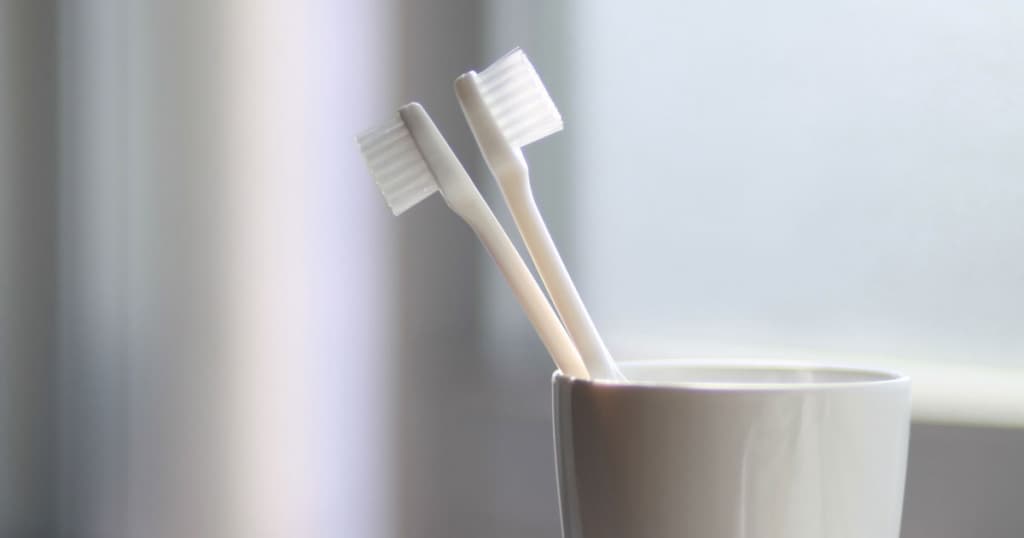
Dental negligence or dental malpractice can be defined as an injury caused by a dentist which would have been avoidable had the dental practitioner not failed in their duty to provide proper care. Under the Medical Practitioners Act 2007 dentists are legally recognised as medical practitioners and are therefore obligated to conduct dental procedures to a high standard.
As dentists are considered to be medical practitioners it is not possible to lodge a dental negligence claim with the Injuries Board and it is therefore necessary to contact a solicitor in order to initiate proceedings on your behalf. Cases of dental negligence in Ireland are consistently on the rise. This is most likely due to the growth in general orthodontic procedures as well as a large increase in patients undergoing cosmetic dentistry.
Normally the Statute of Limitations provides two years within which to bring a claim for personal injury or medical negligence. However, when it comes to cases of medical and dental negligence the two year period may have passed before the patient even finds out that something has been done wrong. In these situations the Statute contains an exception to the two year rule known as the Date of Knowledge. Under this rule the two year limitation will not begin to run against the patient until such time as they could reasonably have known about the injury sustained.
In order to bring a claim for dental negligence it is necessary for your solicitor to take up a copy of all relevant dental records. Once these records have been obtained they will be sent to an expert in the area of dentistry concerned, usually in the UK, in order to obtain what is known as a liability report. This expert will read carefully through the dental records provided, and may also require a consultation with the client before providing the report. This liability report is crucial to any case of dental negligence as it will outline whether or not the client’s treating dentist was in fact negligent and therefore is the first building block of the claim.
The above list outlines the most common cases of dental negligence in Ireland, however, this list is not exhaustive and there are many other areas wherein a dental practitioner can be found to have failed in their duty of care. If you are not sure whether or not you have a statable claim then please call one of our specialists today for a free consultation at Synnott Lawline Solicitors.


Cosmetic dentistry includes, but is not limited to:
Due to the wide range of dental procedures that are encompassed under the umbrella of cosmetic dentistry, there are many things that can go wrong, however, the most common cases include:


Root canal treatment (RTC) or endodontic treatment is the procedure used to treat infected teeth where the tooth has died. RTC is a very invasive treatment wherein the dental practitioner will remove all dead/dying material and fill the root canals inside the tooth. Due to the invasiveness of this procedure there is plenty of scope for things to go wrong, such as:


Dental implants are metal posts which are fitted into the jawbone. These posts are used to support crowns or bridges, depending on the needs of each individual patient. Undergoing dental implant surgery can be a very painful procedure and many patients will choose to undergo a general anaesthetic in order for the procedure to be carried out.


If mouth cancer is left undiagnosed by your dental practitioner it could lead to serious illness or death. It is far more likely that your dentist will diagnose mouth cancer as opposed to your doctor and they should therefore be looking for signs of mouth cancer at every check-up. If your dental practitioner fails to diagnose mouth cancer or ignores symptoms of mouth cancer then they can be held accountable in a claim for dental negligence.


The term restorative dentistry refers to treatment to restore teeth that have been damaged or decayed. Many cases of restorative dentistry arise from a dental practitioner’s failure to diagnose tooth decay in the first instance. The main types of restorative dentistry are fillings, crowns and bridges. Many of the problems associated with crowns and bridges have already been outlined above under the heading of cosmetic dentistry.
There are many different types of fillings available to patients such as:


Gum disease which is also known as gingivitis is recognised by an inflammation of the gums and is caused by a build-up of plaque on the teeth. If this plaque is not removed it will cause inflammation of the gums and bleeding of the gums when teeth are brushed. It can also cause bad breath (halitosis).
If gum disease goes untreated for a significant period of time it can cause damage to the bone that holds the teeth into the jaw, this is otherwise referred to as periodontal disease. If this periodontal disease remains untreated the gums may start to recede, teeth may become loose and fall out. There will also be significant pain and discomfort.
If a patient attends for regular check-ups with their dentist and this dentist fails to diagnose gum disease or periodontal disease it could have severe consequences for the patient and the dental practitioner may be found to have failed in his/her duty of care.
Got a question about starting a Dental Negligence Claim?
Contact our legal team at Synnott Lawline Solicitors. Tel: 01 4537890 Email: info@lawline.ie